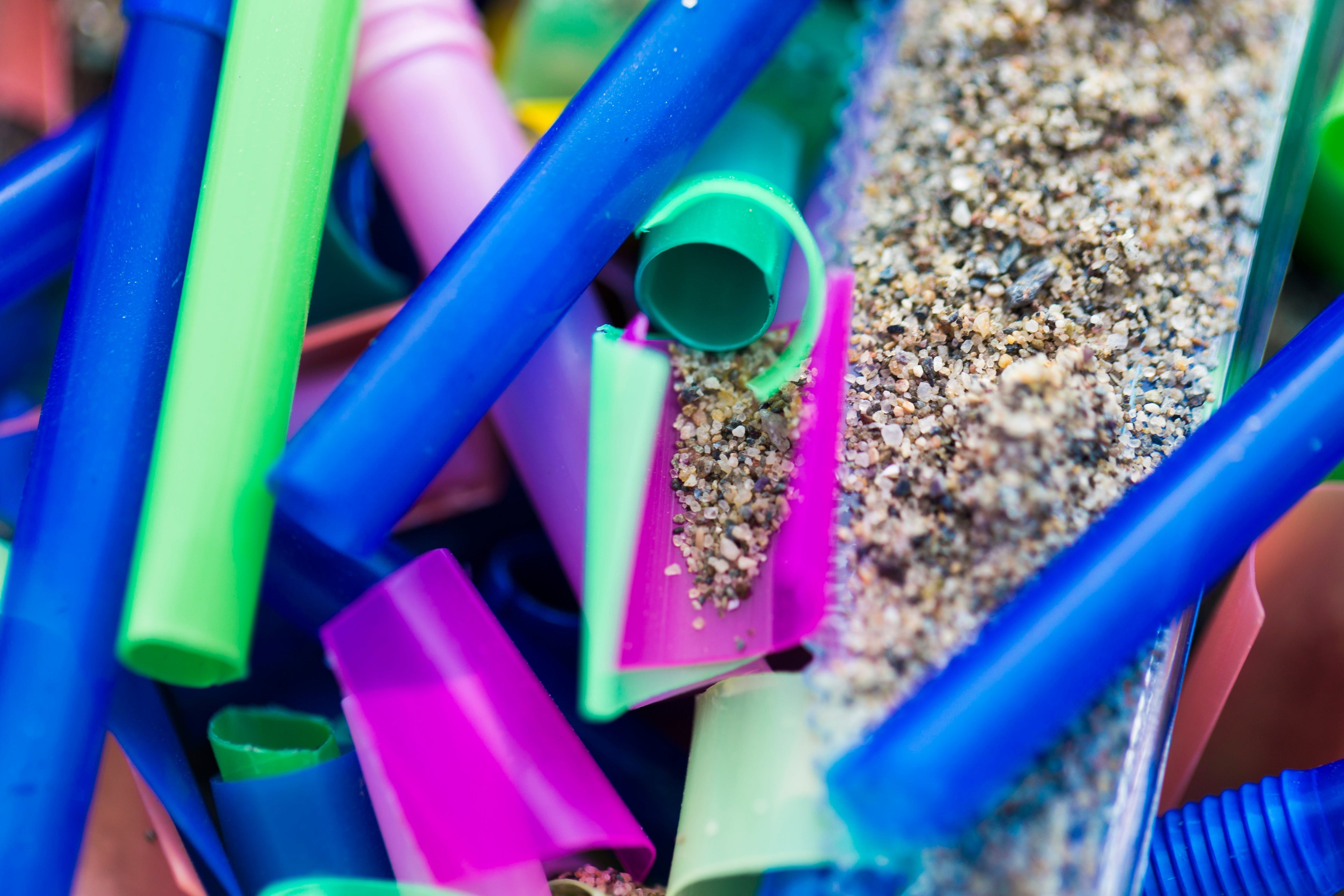
Washing Without Microplastics: Protect the Environment
With every wash, thousands of microplastics are flushed down the drain into nature. These tiny particles come from synthetic clothing and many conventional detergents, and they accumulate in oceans, rivers, and ultimately even in our food. Fortunately, with a few smart choices, you can wash without microplastics, or at least drastically reduce their amount. By choosing sustainable detergent strips and adopting conscious washing habits, you can already make a big difference.
What are microplastics and where do they come from?
Microplastics are plastic particles smaller than 5 millimeters that are often invisible to the naked eye. In the laundry context, they come from two sources: fibers shed from synthetic clothing such as polyester, nylon, and acrylic, and added microplastics in detergents themselves.
Many conventional liquid detergents and laundry pods contain plastic microparticles to stabilize the formula or release fragrance. These particles are too small for wastewater treatment plants and therefore end up directly in surface water. There, they are eaten by aquatic animals and returned to humans through the food chain.
Synthetic clothing sheds microscopic fibers with every wash. A single fleece sweater can shed hundreds to thousands of fibers per wash. Because most sportswear and many everyday clothes are synthetic, this is a major source of pollution.
Choose detergent without microplastics
The first step toward microplastic-free washing is choosing a clean detergent. Look for products that explicitly state they are free of microplastics or microbeads. Certifications like the EU Ecolabel or Blue Angel provide additional assurance.
Wax strips are an excellent choice because they don't use liquid formulas that can contain plastics. They contain only the active ingredients in concentrated form, without unnecessary additives. Many natural detergents based on soap or plant-based ingredients are also microplastic-free.
Check the ingredients list for terms like polyethylene, polypropylene, polyethylene terephthalate, or nylon. These are all forms of plastic that shouldn't be used in detergent. If you're unsure, ask the manufacturer directly if the product is microplastic-free.
Reduce fiber loss from clothing
While you can't prevent all fiber loss, there are ways to minimize it. Wash synthetic clothing less often and only when absolutely necessary. Airing is often sufficient for clothing that isn't visibly dirty.
Use lower temperatures and shorter wash cycles. Intensive washes with lots of agitation and high temperatures increase fiber loss. A shorter eco program at 30 degrees is gentler on clothes and releases fewer fibers.
Fill the washing machine properly, but not too full. A half-full machine increases friction between garments, which increases fiber loss. A well-filled drum dampens movement and protects fibers better.
Use a washing bag for microplastics
Special laundry bags like the Guppyfriend are designed to trap microplastics. You put synthetic clothing in this bag before washing. The bag catches fibers that would otherwise end up in the water. After washing, you remove the fibers from the bag and dispose of them in the residual waste, where they at least don't end up in nature.
These laundry bags are reusable and cost between €25 and €35 one-time. For households with a lot of sportswear or fleece items, this is a good investment.
Install a microplastic filter
For those who want to permanently block microplastics, there's a permanent solution: an external filter on your washing machine drain. These filters capture a large portion of the microplastics before they flow into the sewer.
Popular brands include Planetcare and Xeros. They cost between €100 and €300, but filter up to 90% of fibers from wastewater. You have to empty the filter regularly, but that takes very little time. The collected material can be disposed of with your residual waste.
Some newer washing machines already have built-in microplastic filters. When purchasing a new machine, it's wise to inquire about this, as it saves you the hassle of installing an external filter later.
Choose natural fibers
In the long run, you can make the biggest difference by buying more consciously. Natural fibers like cotton, linen, wool, and silk also shed fibers, but these are biodegradable and don't cause lasting pollution.
When purchasing new items, consider the material. A cotton T-shirt or a wool sweater are more sustainable choices than polyester alternatives. Shopping secondhand also helps, as you avoid the production of new synthetic clothing.
Sportswear is trickier, as functional properties often require synthetic fibers. Choose brands that use recycled polyester and wash these items in a laundry bag to minimize fiber loss.
Practical overview: washing without microplastics
Here are the key steps summarized to reduce your impact:
- Choose detergent without added microplastics, such as washcloths or certified natural detergents
- Wash synthetic clothing less often and at lower temperatures
- Use a microplastic filter or laundry bag to capture fibers
- Fill the machine well but not too full for less friction
- When purchasing new items, choose natural fibers instead of synthetic ones
- Adapt your laundry routine with sustainable laundry tips that reduce impact
Washing without microplastics requires conscious choices, but the difference is measurable. By adjusting your detergent, limiting synthetic clothing, and using filters or laundry nets, you keep thousands of plastic particles out of the environment every year. Small steps that together make a big difference for cleaner water and a healthier planet.
Frequently Asked Questions
How many microplastics are released during a wash?
An average wash cycle of synthetic clothing can release 700,000 to 1 million microplastic fibers. The exact amount depends on the material, the washing temperature, and the intensity of the cycle.
Are washing machine filters effective against microplastics?
Yes, external filters like PlanetCare capture up to 90% of microplastics. Built-in filters in newer machines are also effective, although percentages vary by brand. It's the most effective permanent solution.
Are natural detergents always microplastic-free?
Usually, yes, but not automatically. Some natural detergents may still contain synthetic additives. Always check the ingredients list or look for an explicit statement that the product is microplastic-free.

